I had some trouble figuring out the title for this question, so I know it sounds a little stupid.
I'm working on a webfont generator. I have over 1,000 SVGs (and growing), and, with the use of FontForge scripts, plan on assigning each one of those files to a character position.
This red X rectangle next to the blue one down here is what I mean by "character position":

The problem:
Each one of those positions have a code correspondent. Some print directly, some don't. I know for a fact that control characters from this table here don't print. But there are other characters that don't print either, such as the soft-hyphen (U+00AD). This one sadly I discovered by accident.
I don't want to allow the end-users to pick whatever characters positions they want, because then, the icons filling up those positions won't show up in the browser. I looked over and over on the Unicode website to see if they have a list or something, but there's nothing helpful there.
So is there any way I can know for sure which character positions are safe to use as icons, or which ones aren't?